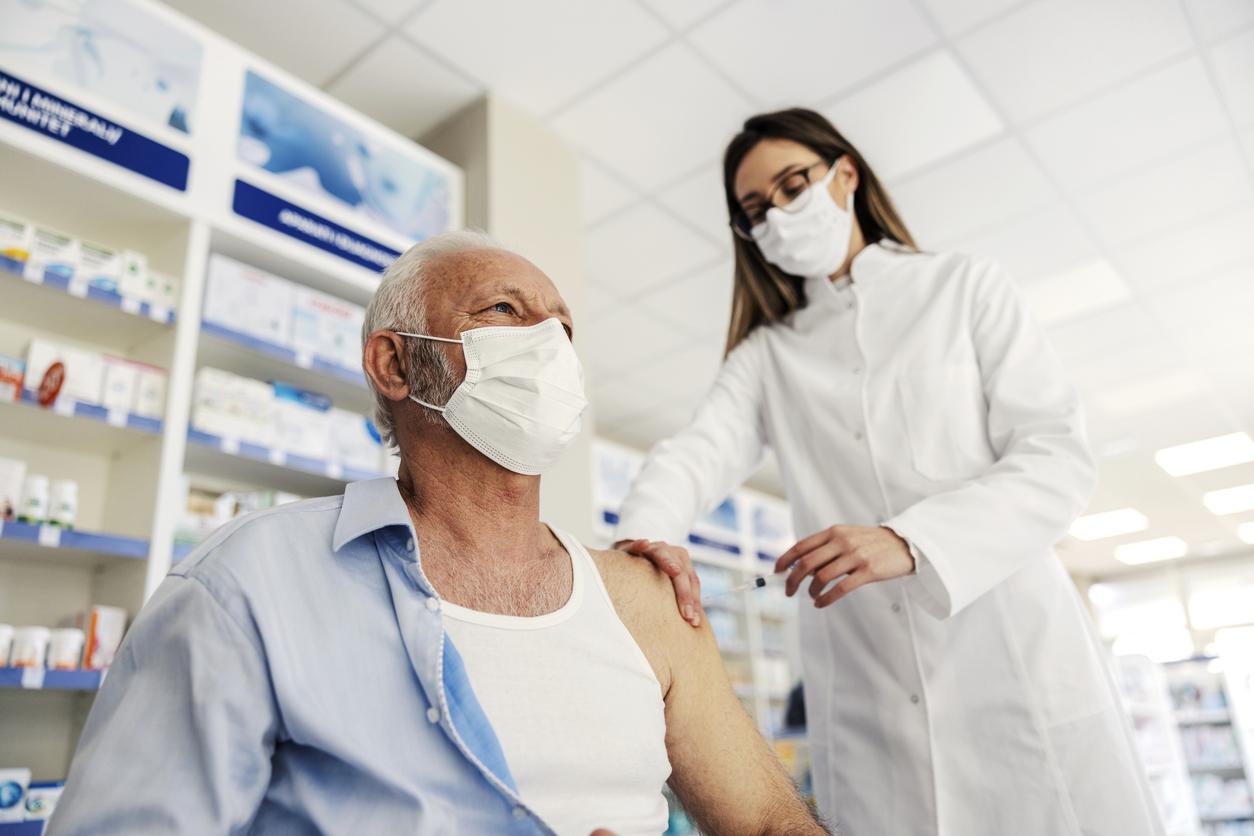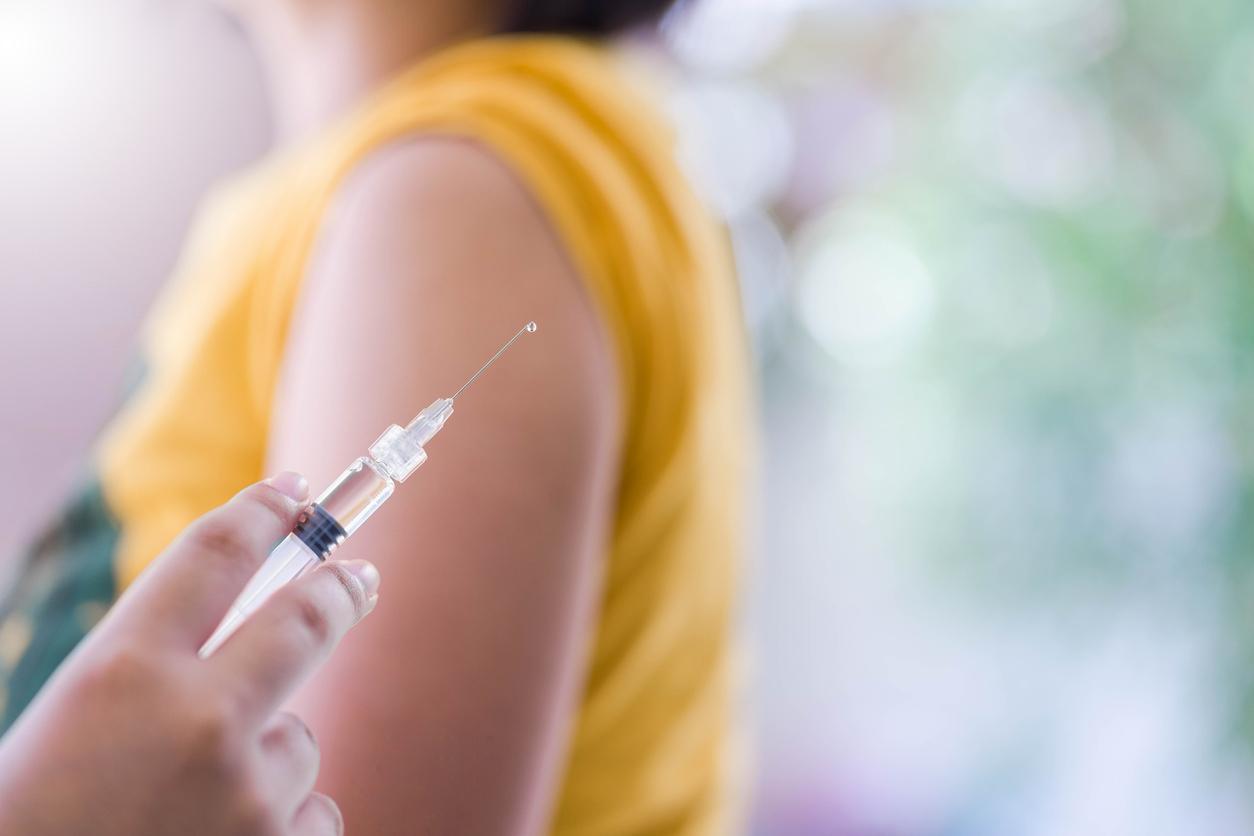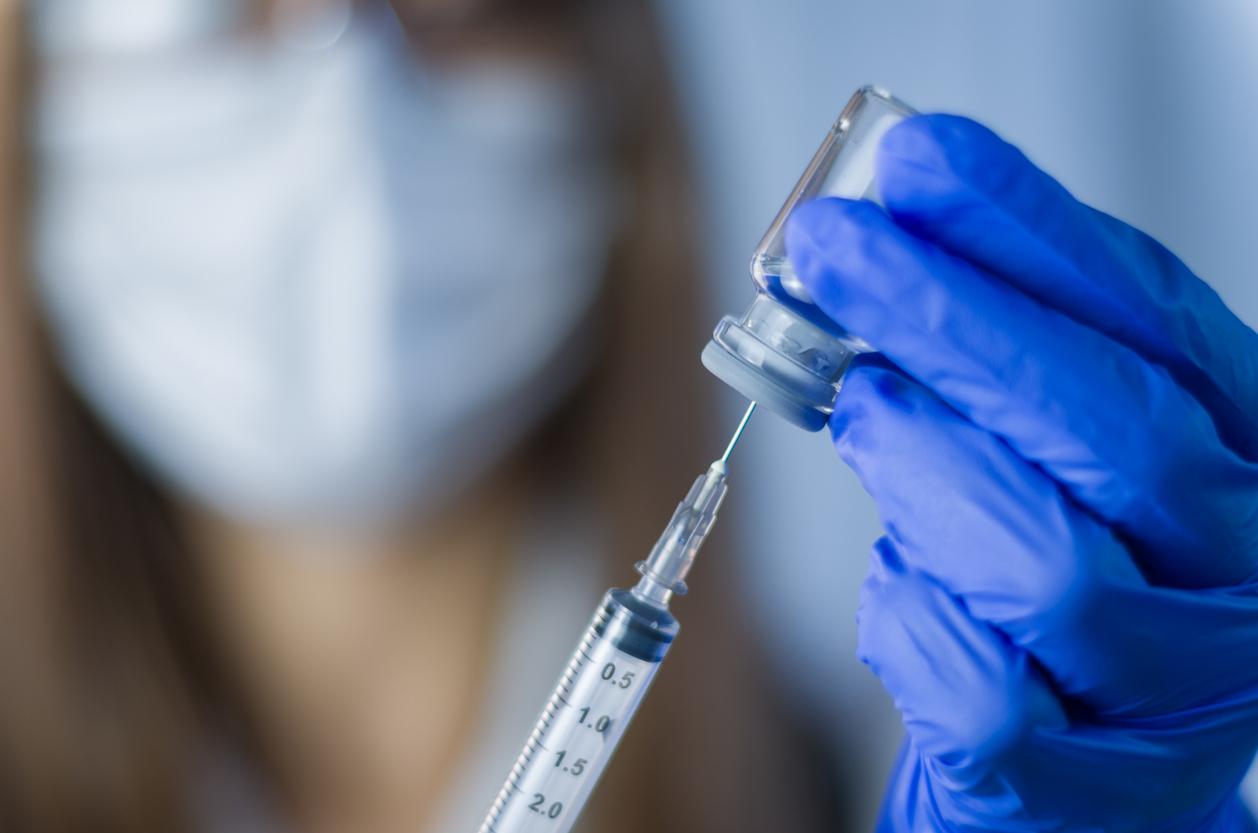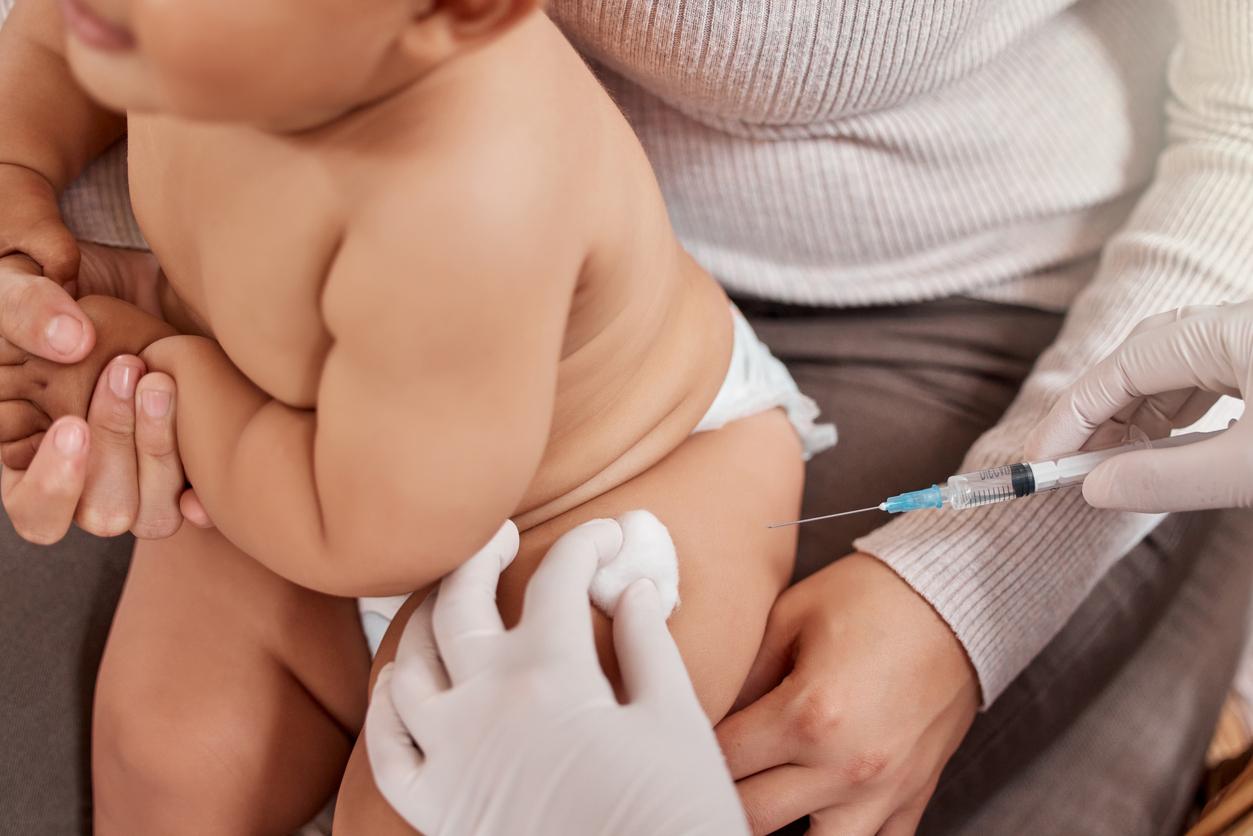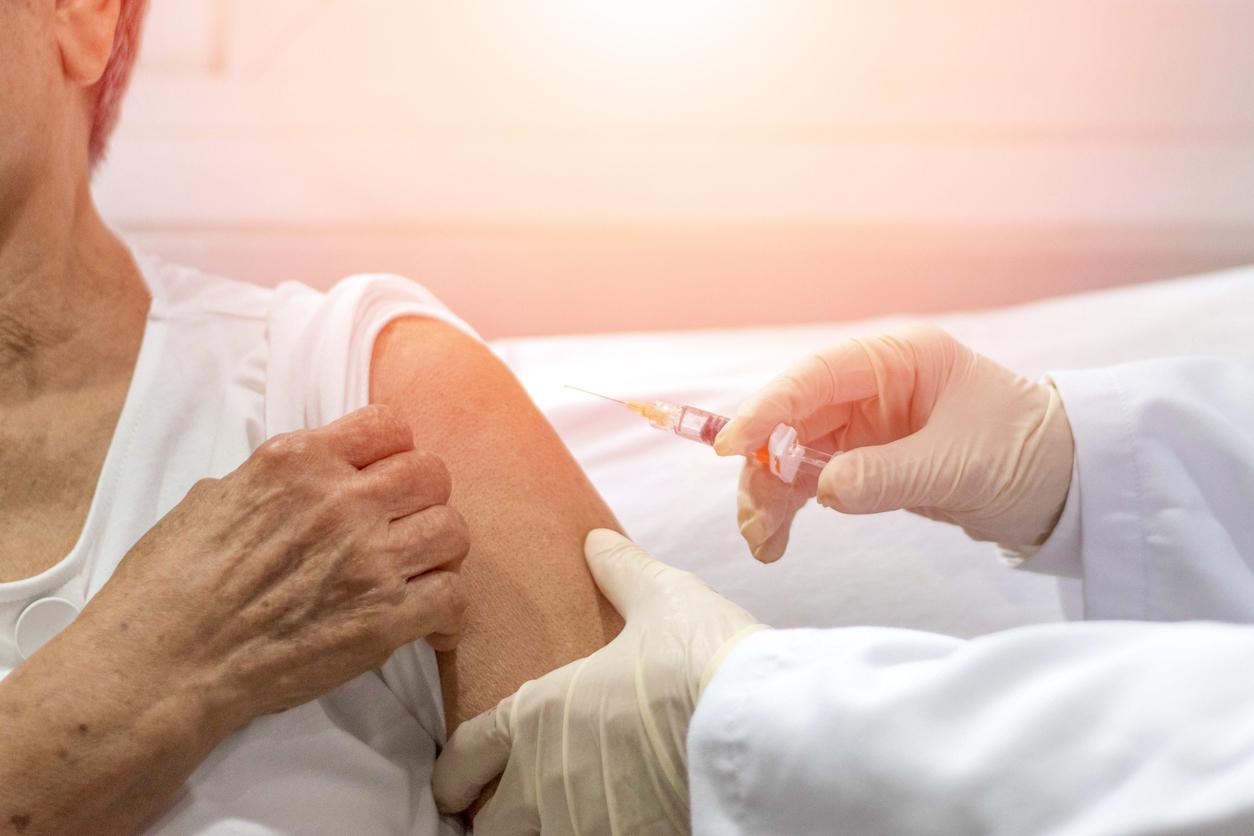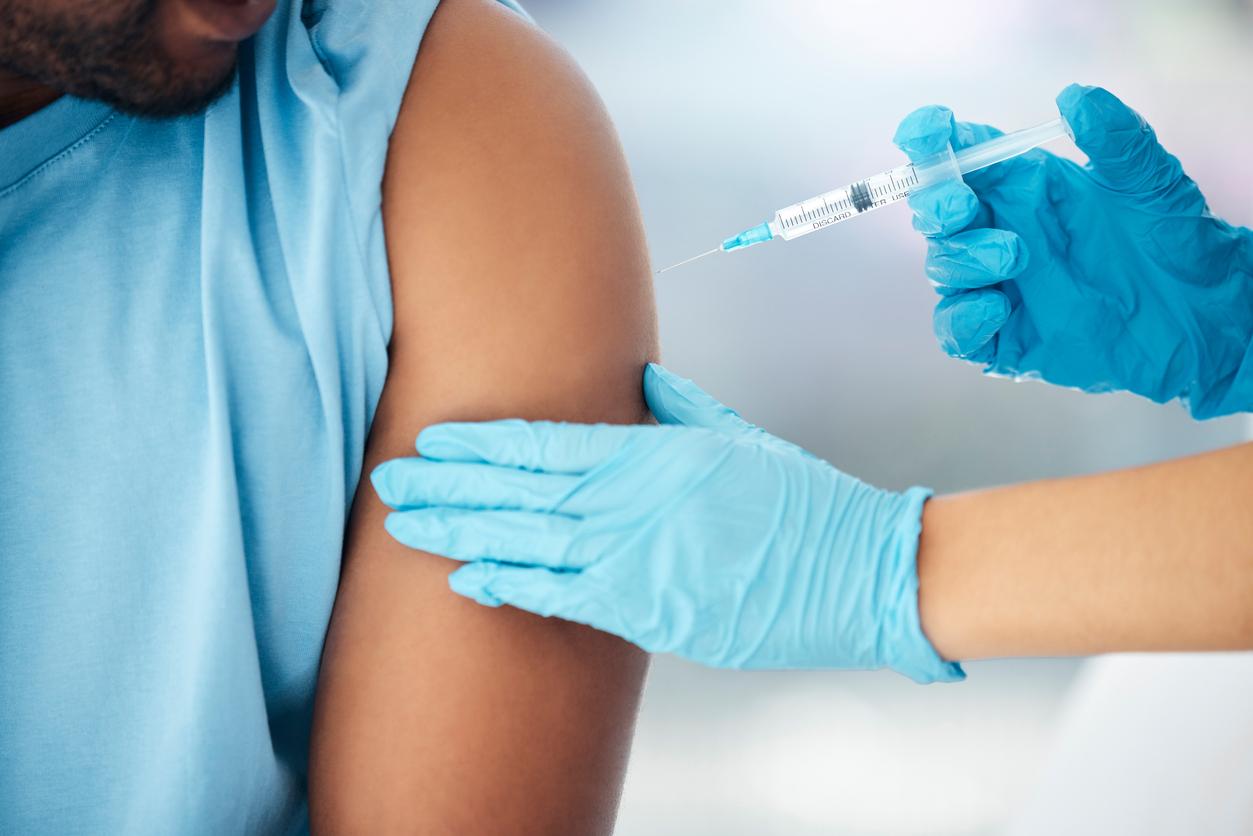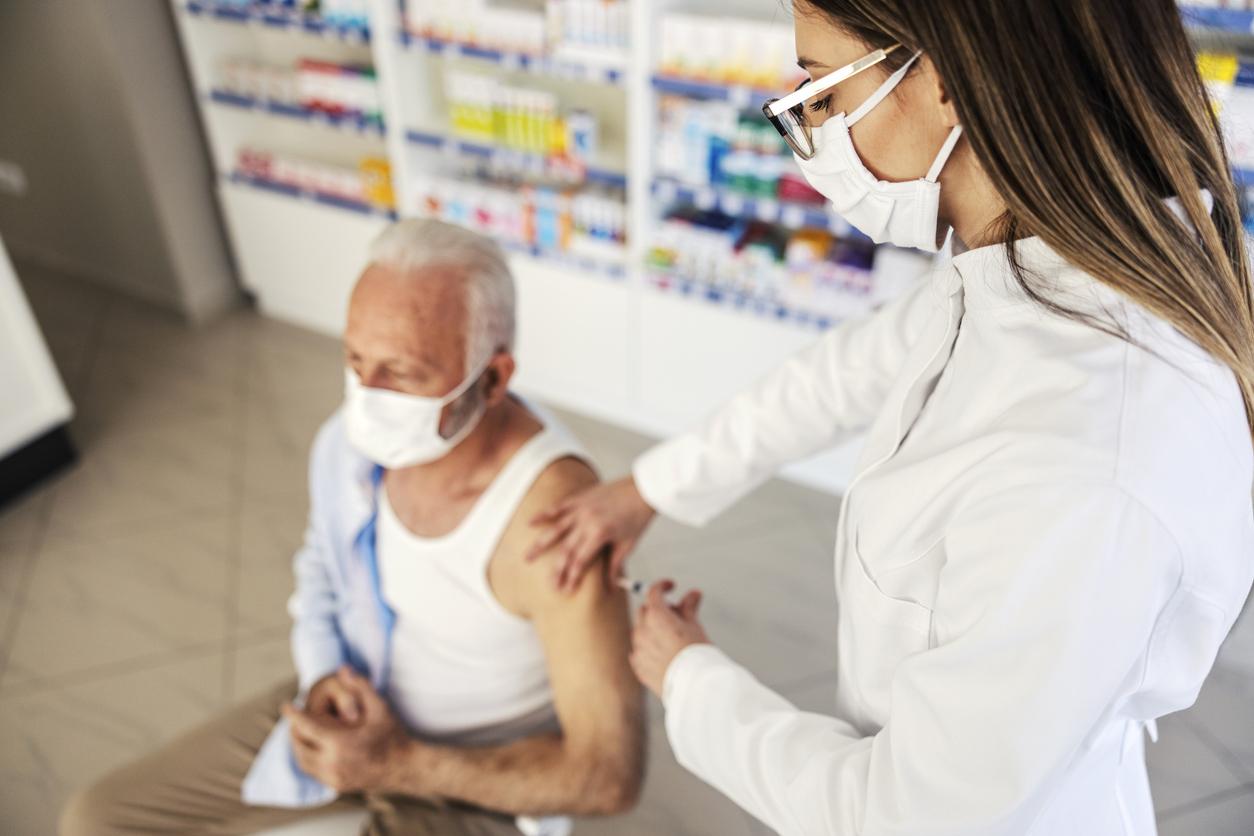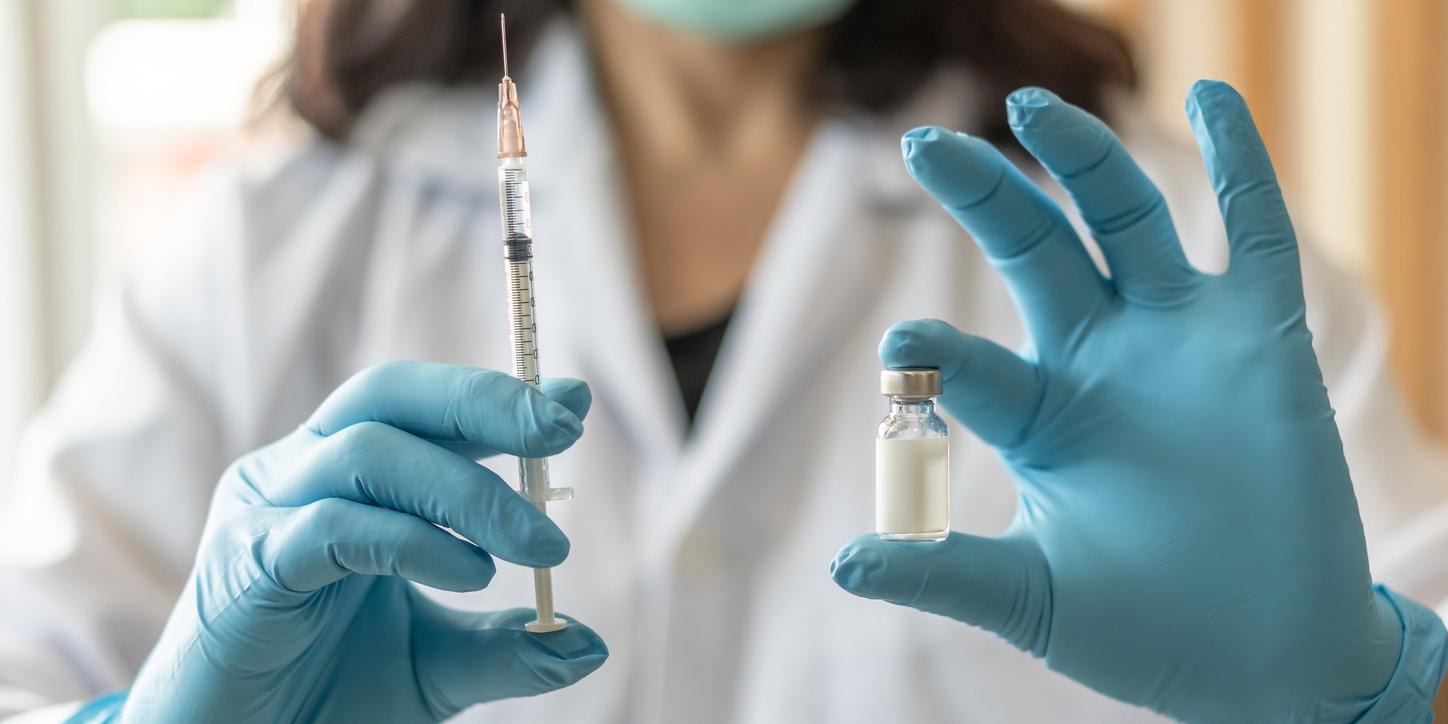Thanks to the drone, vaccination coverage in poor countries could reach 96%, almost as much as in France, against 60% today.
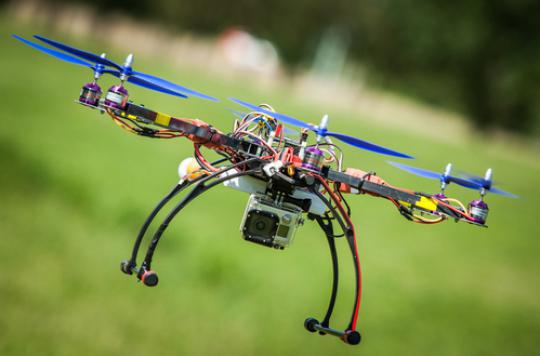
The distribution of vaccines by drone in low and middle income countries would improve the vaccination coverage of populations, suggests a american study published this Monday in the review Vaccinated.
“These countries have great difficulties in providing vital vaccines capable of preventing the onset of disease and saving lives,” notes Professor Bruce Lee, director of research operations at the International Vaccine Access Center and author of the study. Producing all these vaccines is good, but if they don’t get to the people who need them most, they are of no value. There is therefore an urgent need to find a new means of distribution ”.
In fact, in poor regions of the planet, the distribution of vaccines is not easy. Before arriving in the clinics, these products make 2 to 4 stopovers in storage places due to the lack of transport and insufficient equipment. A failing supply chain that contributes to unequal access to vaccines.
Result: nearly 19 million infants do not benefit from basic vaccines. More than half of them live in South Africa, Ethiopia, India, Indonesia, Iraq, Nigeria, Uganda, Pakistan, Philippines and Democratic Republic of Congo, according to the World Health Organization (WHO).
96% of the population vaccinated
A team from the Johns Hopkins Bloomberg School of Public Health then looked at an economical and innovative alternative: the drone. According to the researchers, this flying object would allow these treatments to be delivered quickly and inexpensively because they do not need to travel on roads, which are often poorly maintained, and do not need fuel to operate.
But all this remained a hypothesis to be confirmed. The researchers then created a computer model to compare the cost of distributing pharmaceuticals by drone with the current transport combining planes, trucks and motorcycles. They also took into account the demography of the regions concerned and the state of the roads.
And their computer model is final: the drone is the ideal alternative. Thanks to these unmanned devices, vaccination coverage could reach 96%, almost as much as in France. A considerable improvement since today, 60% of the populations of poor countries are vaccinated.
An alternative already in use
However, the drone has its limits. To save money, he should carry at least 4 liters of vaccine on each trip. However, it cannot carry more than 2 liters. Taking this constraint into account, a trip would cost nearly $ 9 and the annual cost would be around $ 60,000. “Suppose the drones are reliable and able to provide the necessary number of flights, in this case they will be cheaper than current means, especially in remote areas. They could be particularly useful when the demand for the vaccine is high and urgent, ”explains Professor Bruce Lee.
The researchers recognize, however, that these computer simulations need to be validated by real-life testing. Experiments which are already taking place in the rural region of Virgine (United States) as well as in Bhutan (Southeast Asia) and Papua New Guinea where health products are distributed by drone, they point out. During 2016, Rwanda, in partnership with the company UPS, should also use these flying objects to transport vaccines, antiretrovirals and treatments against malaria and tuberculosis, as well as blood donations.
.







